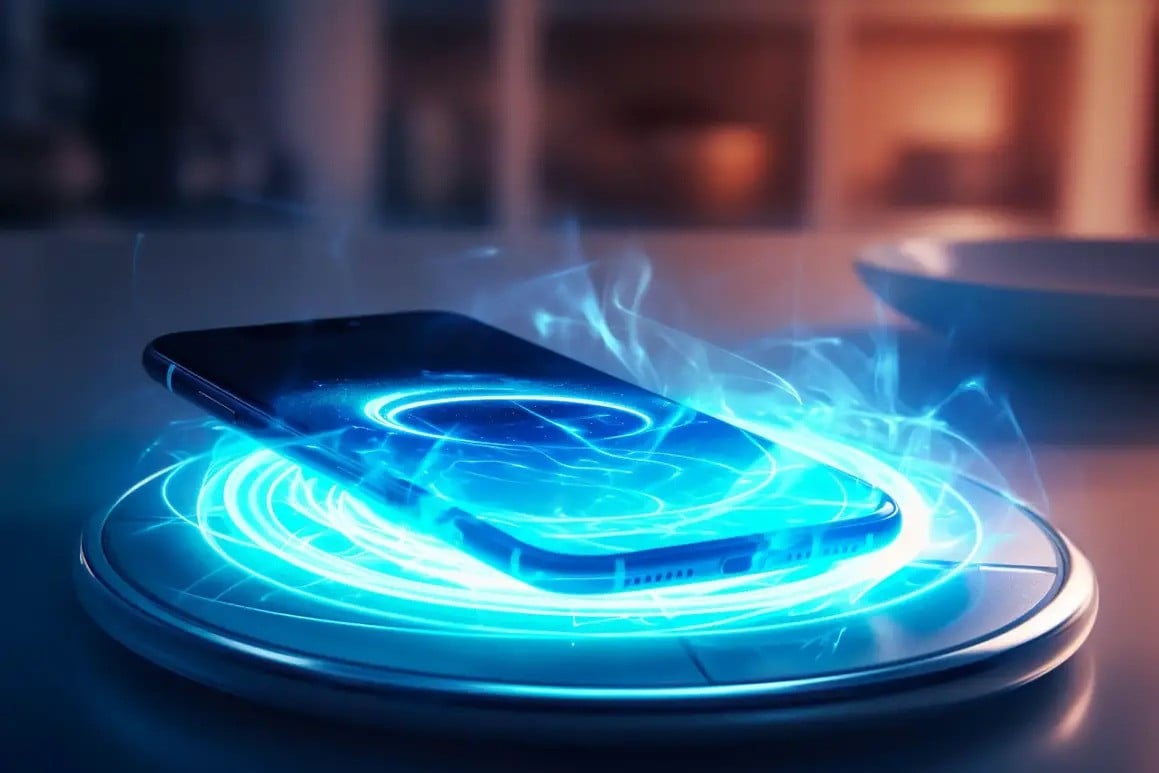
Researchers from Aalto University (Finland) have made significant progress in the field of wireless power transmission, perfecting a method of wireless charging over long distances.
By enhancing the interaction between the transmitting and receiving antennas and utilizing the phenomenon of "radiation suppression," they achieved high efficiency in transmitting energy over long distances, overcoming the limitations of traditional induction methods.
Wireless charging at short distances using inductive devices has proven to be highly efficient in energy transmission, but this is not yet feasible at longer distances. However, researchers have found a solution to this problem by suppressing the radiation interference of the loop antenna during energy transmission.
Researchers have developed a new theory of wireless charging. This theory takes into account both distance and conditions of short-range (no radiation) and long-range (radiation).
Research has shown that it is possible to eliminate radiation losses, significantly increasing energy transmission efficiency, by ensuring equal amplitude and opposite phases of the current in the loop antenna.
Scientists have developed a universal method that allows for the analysis or experimentation of any wireless power transmission system. This enables a comprehensive assessment of power transmission efficiency over both short and long distances.
Experimental studies of the charging process between two loop antennas located at a significant distance have confirmed that radiation suppression is the primary mechanism for improving transmission efficiency.
Thanks to this new approach, researchers at Aalto University have been able to significantly increase the energy transmission distance compared to traditional wireless charging systems, while maintaining high efficiency.
This breakthrough is significant not only for conventional phones and electronic devices, but also for biomedical implants with limited battery capacity.
The study also took into account barriers, such as body tissue, that can hinder the charging process.
(according to Earthchronicles)
Source


![[Photo] Prime Minister Pham Minh Chinh receives Lao Minister of Education and Sports Thongsalith Mangnormek](/_next/image?url=https%3A%2F%2Fvphoto.vietnam.vn%2Fthumb%2F1200x675%2Fvietnam%2Fresource%2FIMAGE%2F2025%2F12%2F16%2F1765876834721_dsc-7519-jpg.webp&w=3840&q=75)
![[Photo] Prime Minister Pham Minh Chinh receives the Governor of Tochigi Province (Japan)](/_next/image?url=https%3A%2F%2Fvphoto.vietnam.vn%2Fthumb%2F1200x675%2Fvietnam%2Fresource%2FIMAGE%2F2025%2F12%2F16%2F1765892133176_dsc-8082-6425-jpg.webp&w=3840&q=75)


![[Live] 2025 Community Action Awards Gala](/_next/image?url=https%3A%2F%2Fvphoto.vietnam.vn%2Fthumb%2F1200x675%2Fvietnam%2Fresource%2FIMAGE%2F2025%2F12%2F16%2F1765899631650_ndo_tr_z7334013144784-9f9fe10a6d63584c85aff40f2957c250-jpg.webp&w=3840&q=75)
![[Image] Leaked images ahead of the 2025 Community Action Awards gala.](/_next/image?url=https%3A%2F%2Fvphoto.vietnam.vn%2Fthumb%2F1200x675%2Fvietnam%2Fresource%2FIMAGE%2F2025%2F12%2F16%2F1765882828720_ndo_br_thiet-ke-chua-co-ten-45-png.webp&w=3840&q=75)


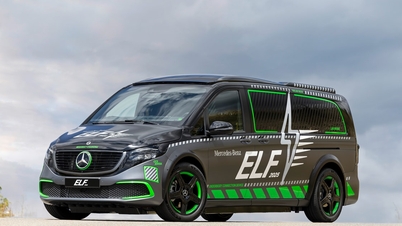



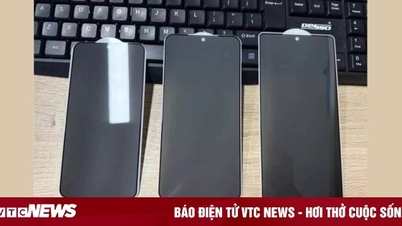

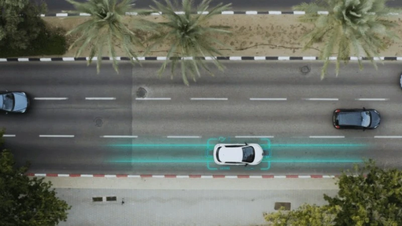

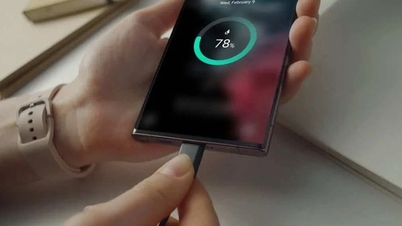






















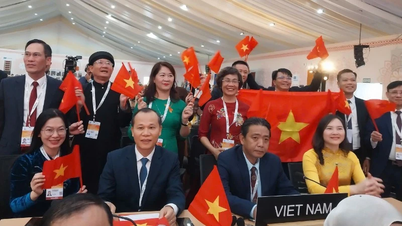






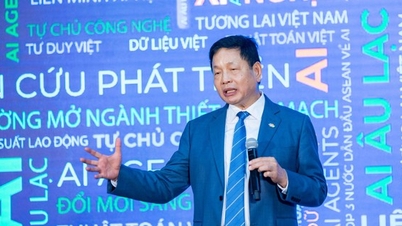



















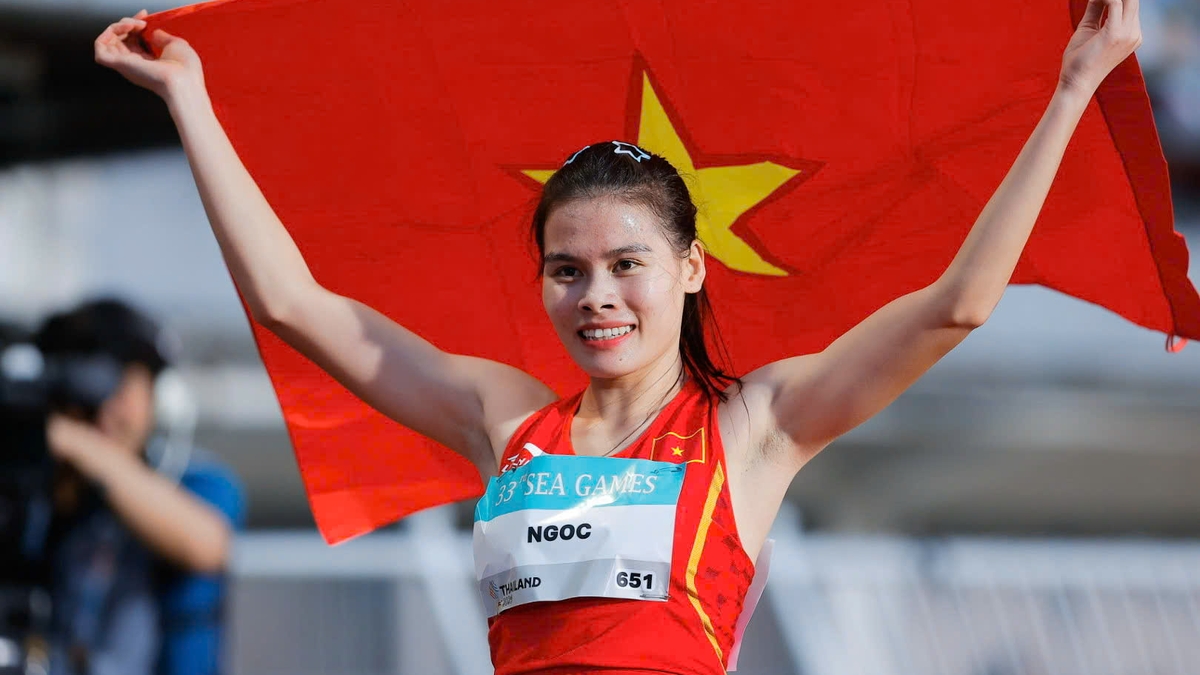


![[Photo] Prime Minister Pham Minh Chinh attends the Vietnam Economic Forum 2025](https://vphoto.vietnam.vn/thumb/402x226/vietnam/resource/IMAGE/2025/12/16/1765893035503_ndo_br_dsc-8043-jpg.webp)

































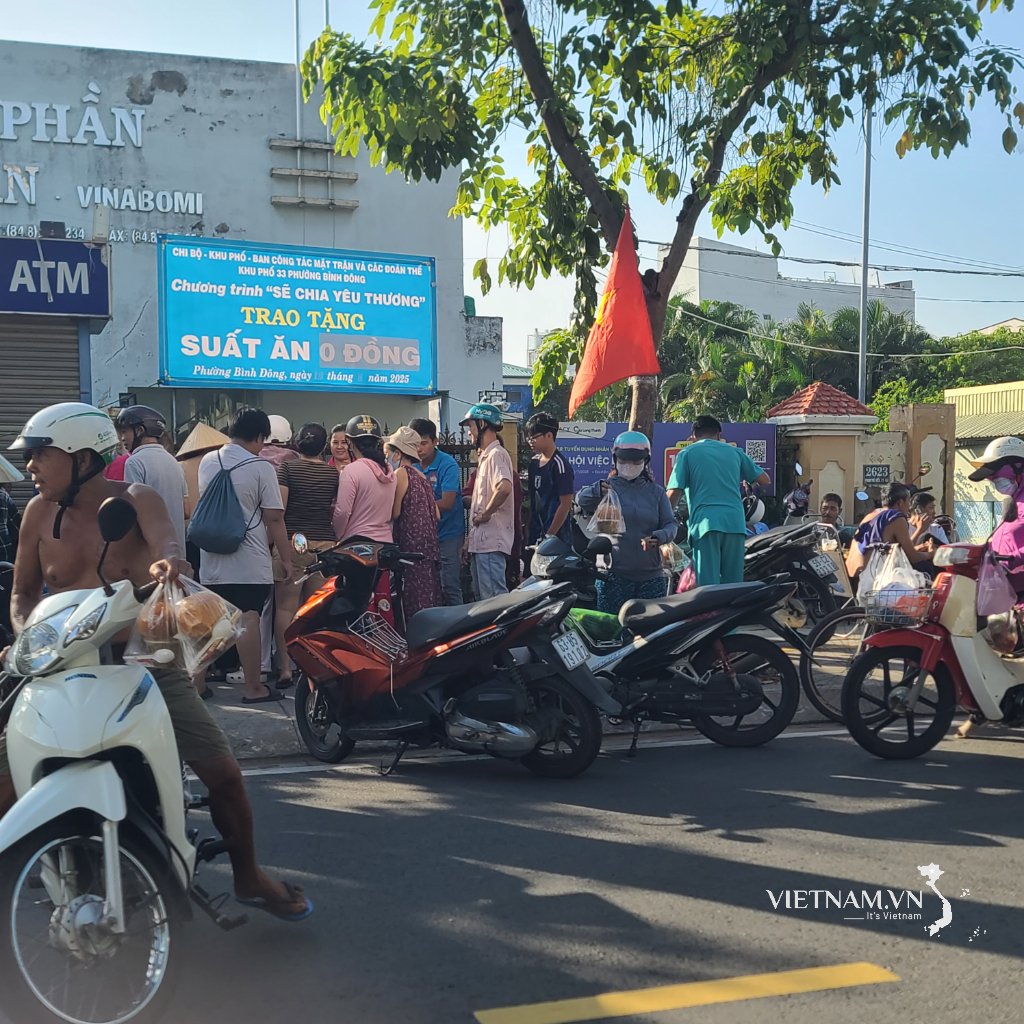


Comment (0)